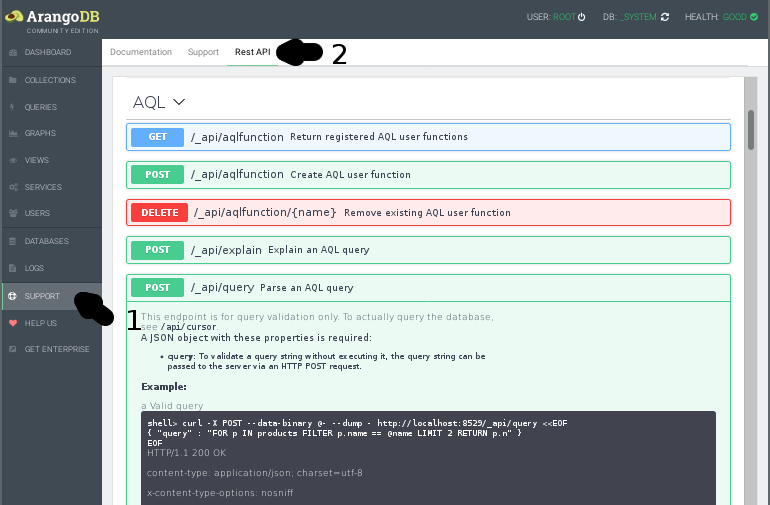In January 2018, we asked Edge Security to do a thorough review of RavenDB security and cryptography usage. We wanted to get an outside expert opinion before the RTM release to make sure that we put out a system that is robust and secured.
As an aside, I strongly recommend doing such a thing on major version releases (at least) — especially if you need an expert opinion and security is certainly one area in which you want to have things verified.
 Working With the Swagger.io API Tool
Working With the Swagger.io API Tool


